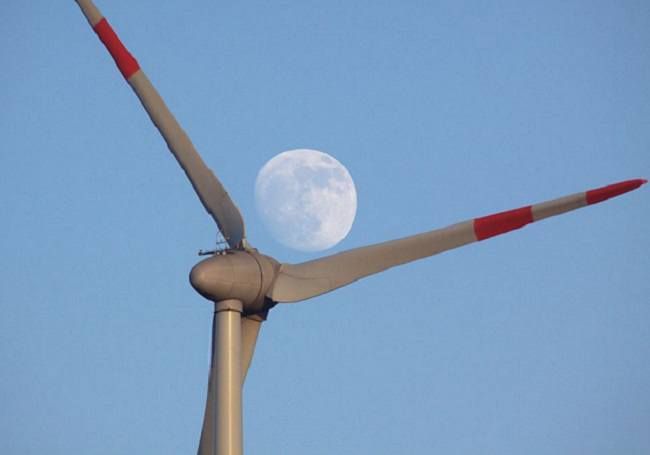
We Could Power Entire World on Renewables by 2025, Says Global Apollo Program

Read page 1
A committee appointed through the program’s member countries will coordinate international research to unblock bottlenecks it identifies, including electricity storage and transmission, and the generation of wind and solar power.
The program hopes to be able to base itself beside the International Energy Agency in Paris, but it will include many countries that are not members of the International Energy Agency. All members will still be responsible for spending their own national renewable energy research, development and demonstration budgets.
The authors say: “Over the last year, the program has been privately discussed with governments worldwide and has been widely welcomed. The issue will be discussed at the G7 meeting on June 7-8, and it is hoped that by the end of the year the major countries of the world will have decided to join.”
Their timetable is challenging. Last year, Sir David King said, “The objective is that, by 2020, renewable power should be cheaper than coal in all sunny parts of the world, and by 2025 in all parts of the world.”
Immense gains
But the gains would be immense, not only in combating climate change but also in tackling health problems and poverty as well.
The program is intent on replacing fossil fuels with renewable energy in baseload energy generation. But for the many millions of people who are not on the electricity grid, the need is for a solution closer to hand. Success for the program would spur renewables on both national and household scales.
For example, the UK-based charity SolarAid aims to eradicate expensive kerosene lamps from Africa by 2020, replacing them with affordable solar lamps in remote rural regions. Set up by the company Solar Century, it says a $10 solar lamp pays for itself in a month, freeing up money for health, education and farming—and providing clean, free light for years.
Sir David said green energy was already cutting air pollution and reducing carbon emissions, but making it cheaper mattered too. “Once we get to that point,” he says, “we are winning in all the battles.”
YOU MIGHT ALSO LIKE
Game-Changing Lamp Powered by Gravity Could Provide Light to Billions
Wind Power Could Become Nation’s Largest Source of Energy by 2050 With Deployment in All 50 States
Wind and Solar Provide 100% of New Generating Capacity in April

 233k
233k  41k
41k  Subscribe
Subscribe 
